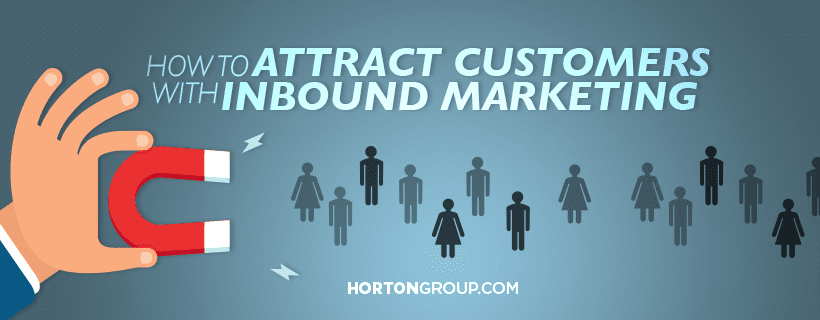
How to Attract Customers with Inbound Marketing
Customers are the lifeblood of a business. If you surveyed a group of business owners, the chances are that most would put having more customers at the top of their wish list. This could take the form of getting more leads, attracting more visitors to a website or receiving more telephone enquiries, but all of these are ultimately about acquisition of customers.
The Marketing Revolution
The world of marketing and advertising has seen a revolution in the past decade thanks to the Internet. Social media marketing and the growth of the Internet have given business owners new and cost-effective ways to promote their enterprises.
Traditional marketing methods can still work in the digital age, but there are more efficient ways to win and retain customers. Everyday use of the Internet means that inbound marketing methods are a better option than outbound methods for most businesses.
Traditional outbound marketing methods include telemarketing, use of sales representatives and mailshots. They can be expensive and usually require human resources. Companies using them effectively keep a close eye on costs and track the results very carefully to ensure their efforts deliver profits. Because outbound marketing methods are popular in some industries, competition for customer attention can be intense.
How Inbound Marketing Attracts Customers
Inbound marketing is all about pulling customers towards you. This usually involves creating content, such as articles, blog posts and videos. It’s critical that content is of a high quality if you want customers to engage with you and come back for more. It should be entertaining and informative and fulfill a potential customer’s needs.
One of the keys to successful inbound marketing is understanding the customers you want to attract. Considering the age, interests, income levels and lifestyles of your potential customers helps you to make decisions about the type of content to create and where to distribute it. For example, a health provider would need a different content strategy from an insurance broker (we created an inbound strategy for both).
If you establish yourself as an expert in your field by sharing content, customers will come to you when they need help or are ready to buy. For example, an insurance broker could publish articles and blog posts about protecting homes from bad weather and improving security to reduce the risks of a break-in. A homeowner interested in taking out home insurance cover would be more inclined to buy from the broker with helpful content.
Conclusion
Creating remarkable content to help your consumerthis is the central concept of inbound marketing. In order to be successful, your business needs a strong content strategy focused on engaging the consumer. The subject, form and distribution of your content should all be grounded in strong market research on your consumers. Only then will your content resonate with your consumers, attract customers and translate into profit.
Ready to get started with your inbound marketing strategy? Call Horton Group today – 615.292.8642
{{cta(‘ea001fe4-423e-404f-a30d-4adf232e33ce’)}}